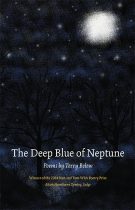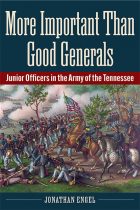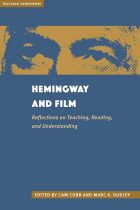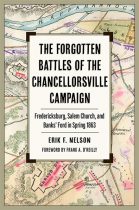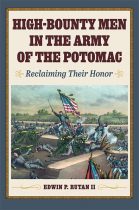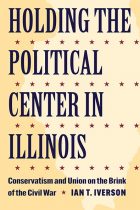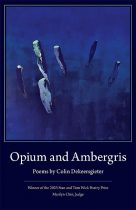Artisans and Designers
Rebecca Jumper Matheson | Filed under: Costume Society of America, Fashion History, Forthcoming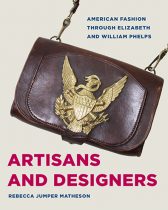
Long before the fashion industry formally addressed questions of sustainability and advocated for “slow fashion,” William and Elizabeth Phelps, a husband-and-wife design duo, were already working to create handcrafted leathergoods and functional women’s sportswear that could be worn for decades. Active from the 1940s to the late 1960s, Phelps Associates quickly won acclaim and found commercial success, attracting a broad clientele and becoming known for quality, utility, and craftsmanship.

